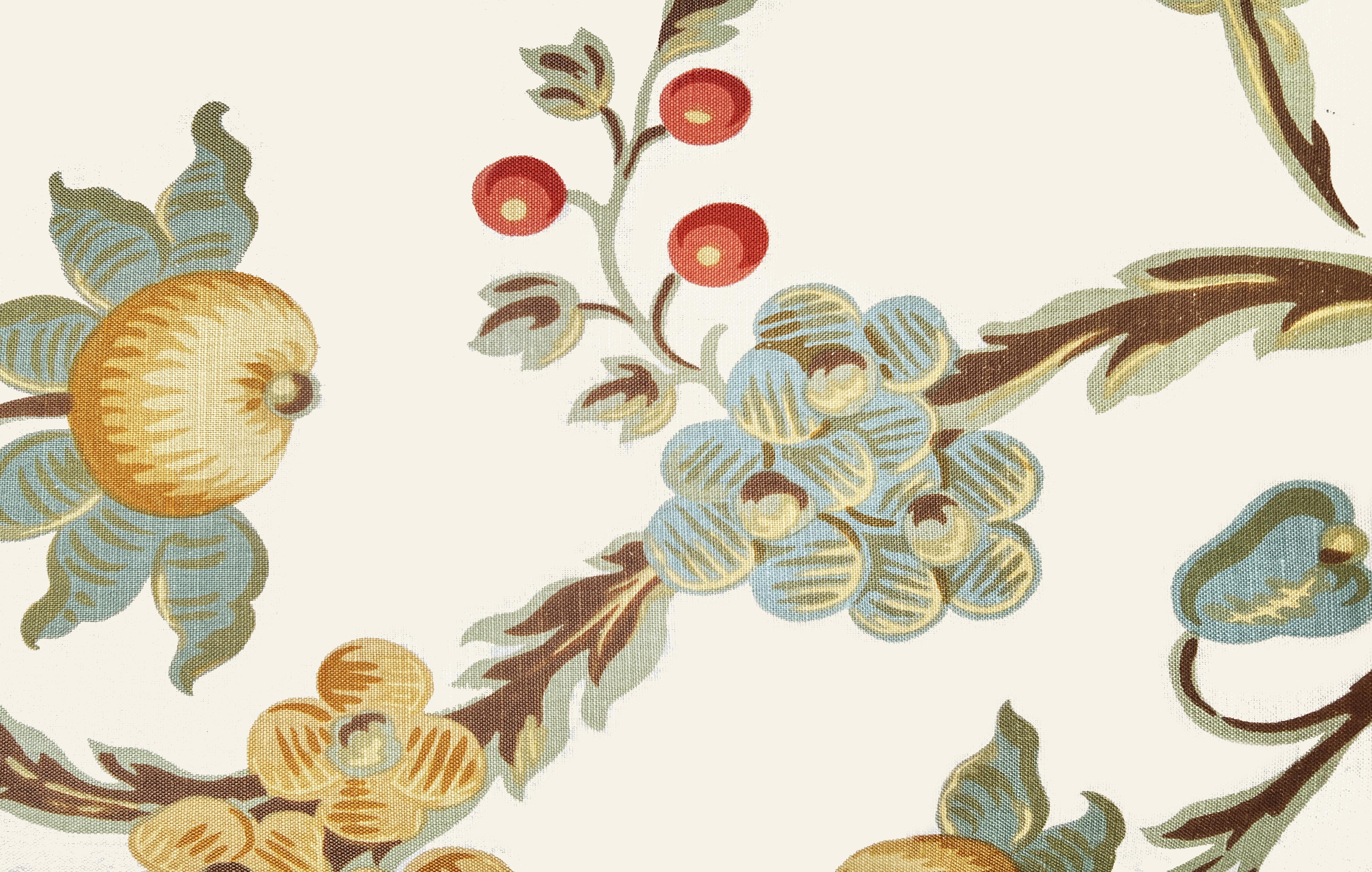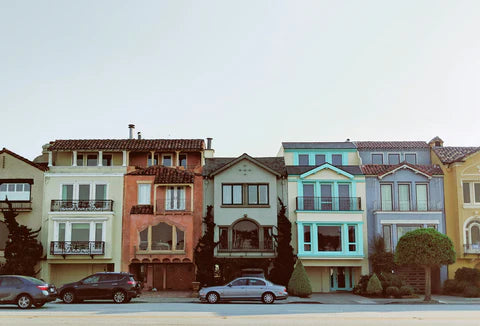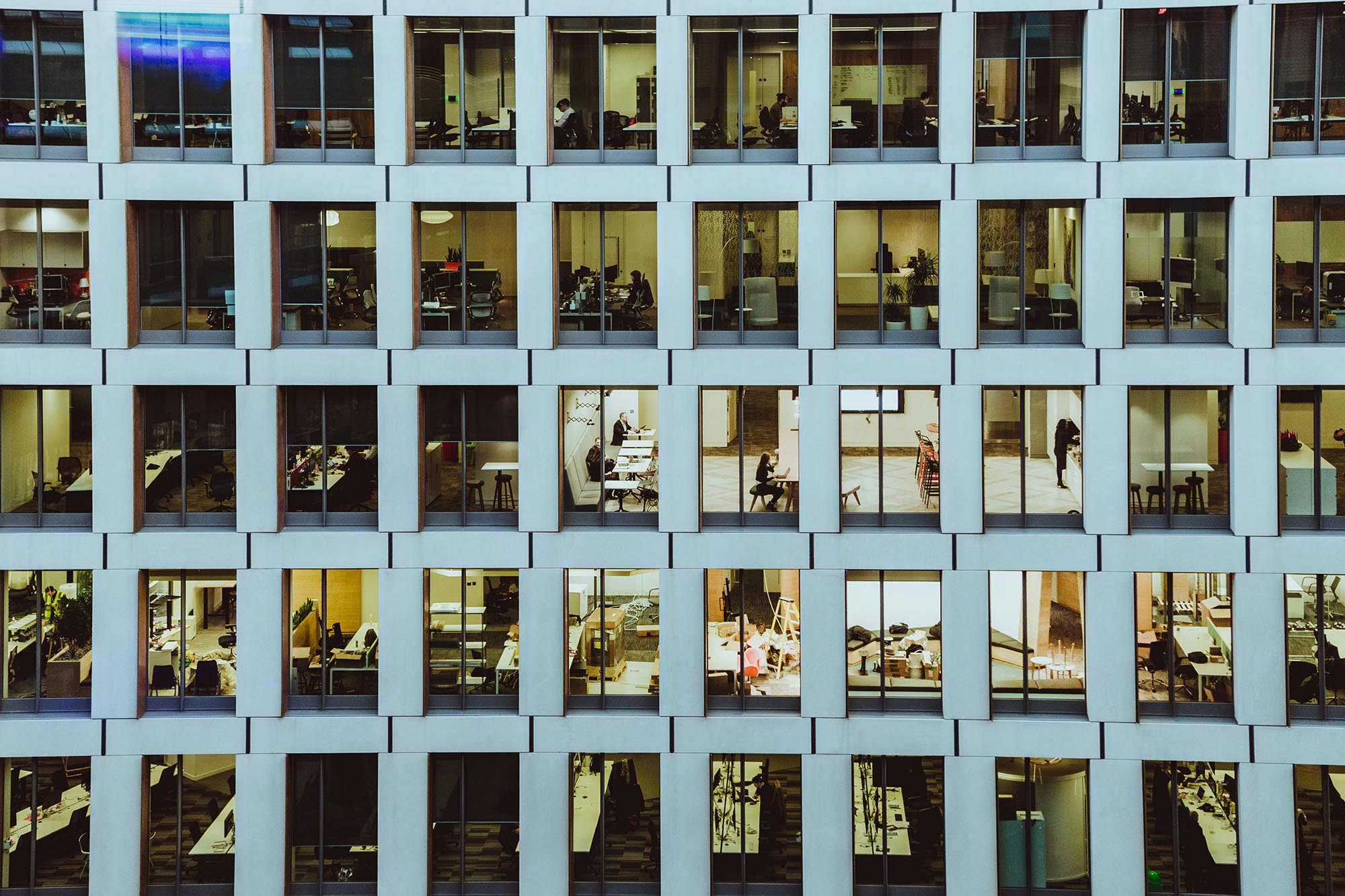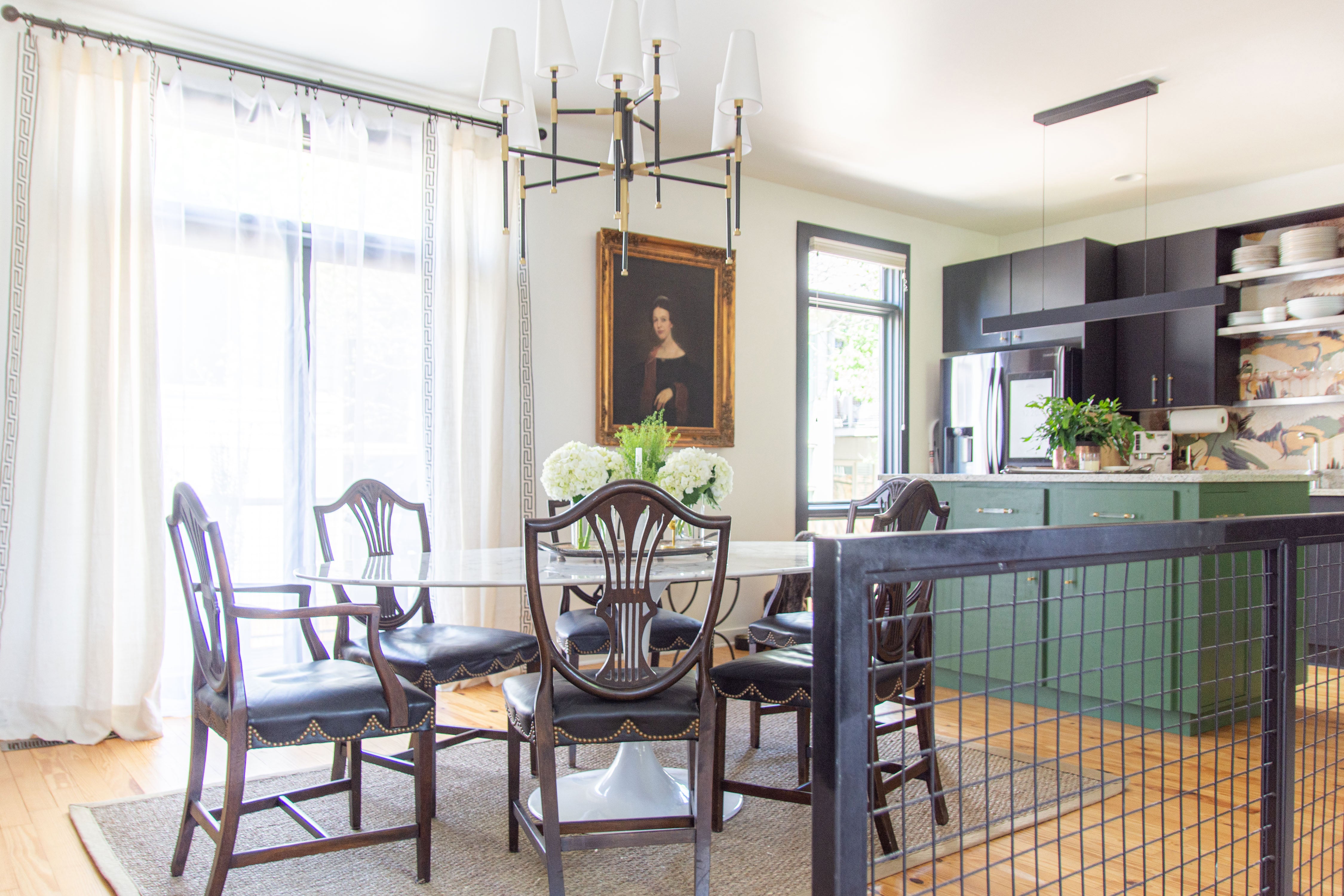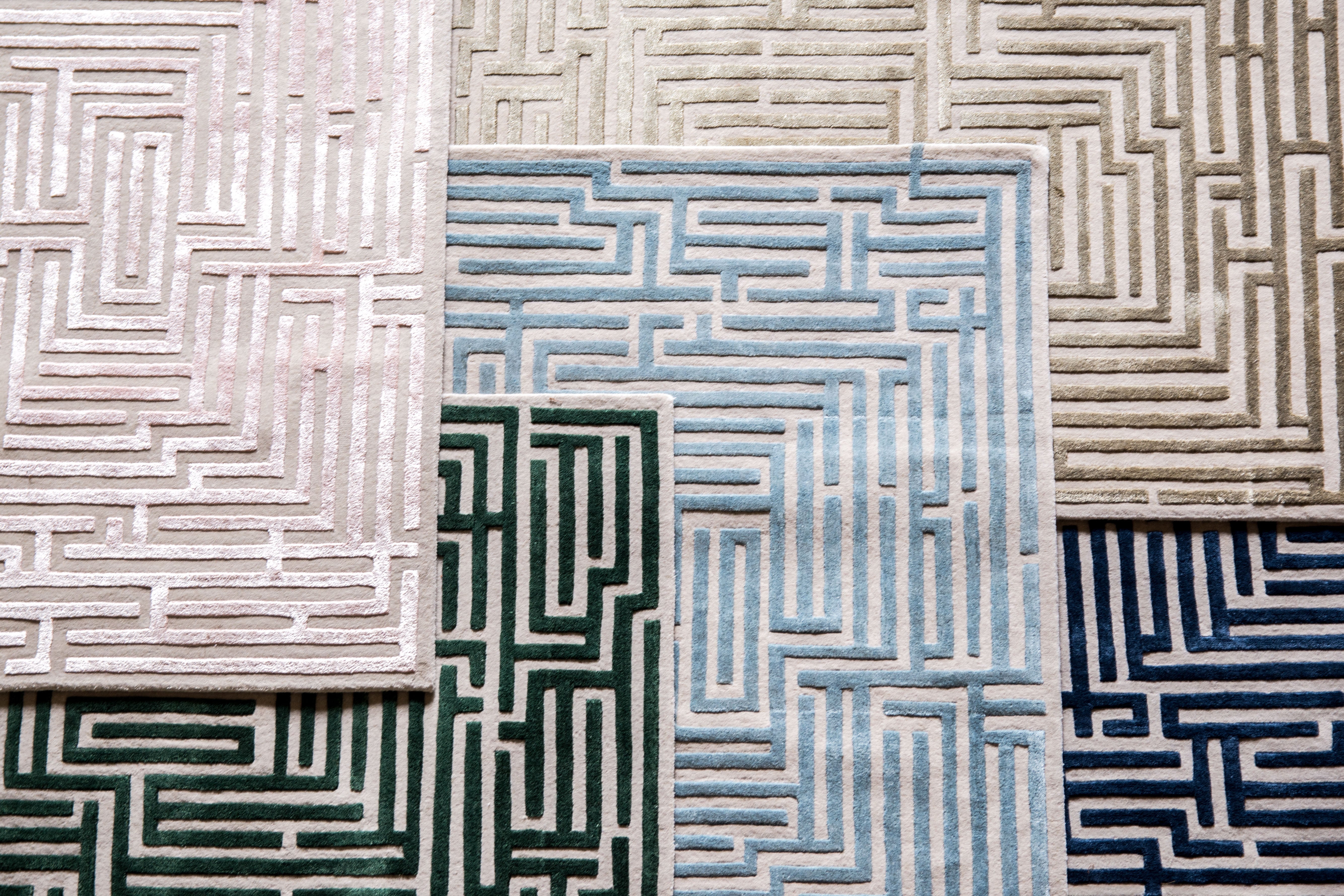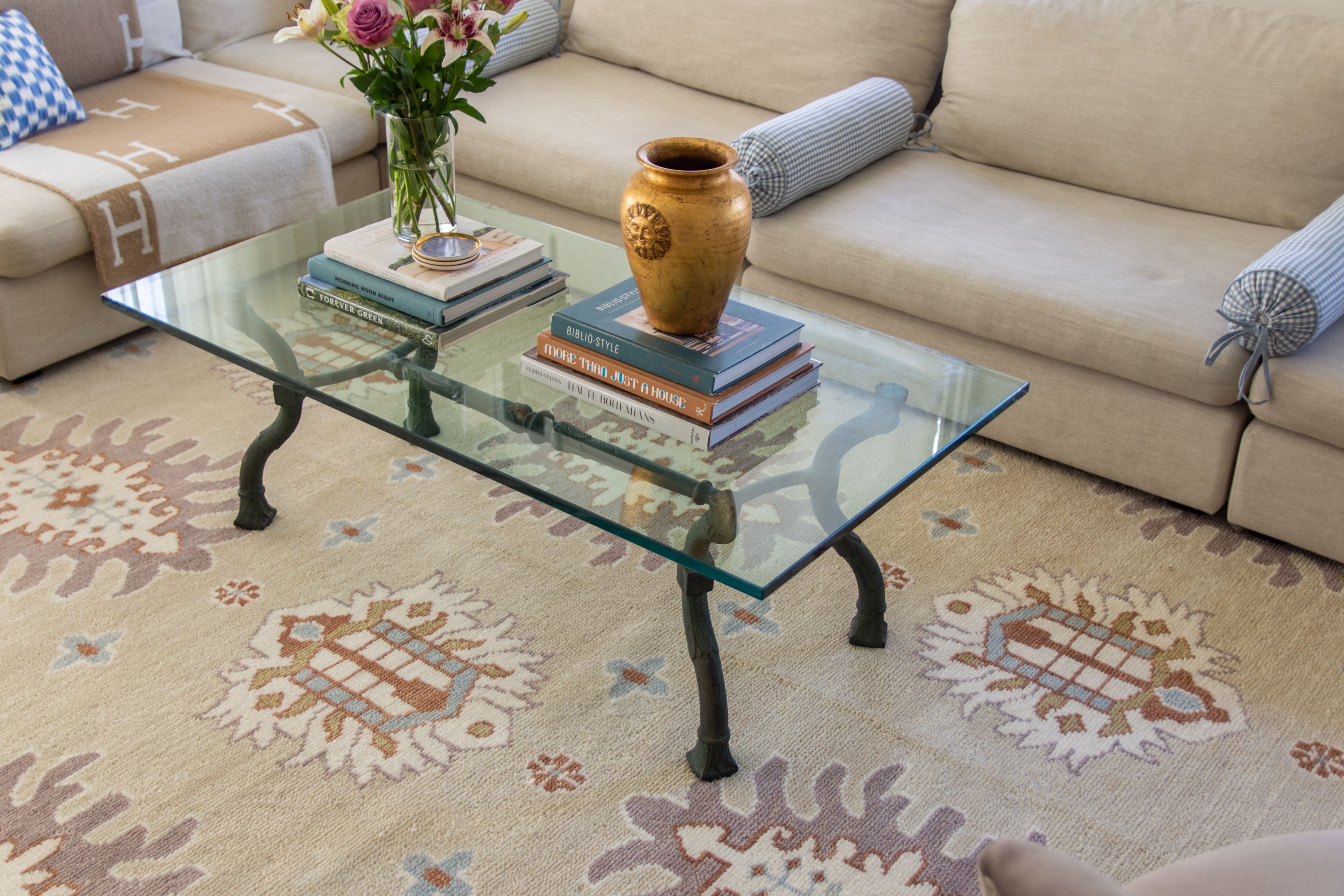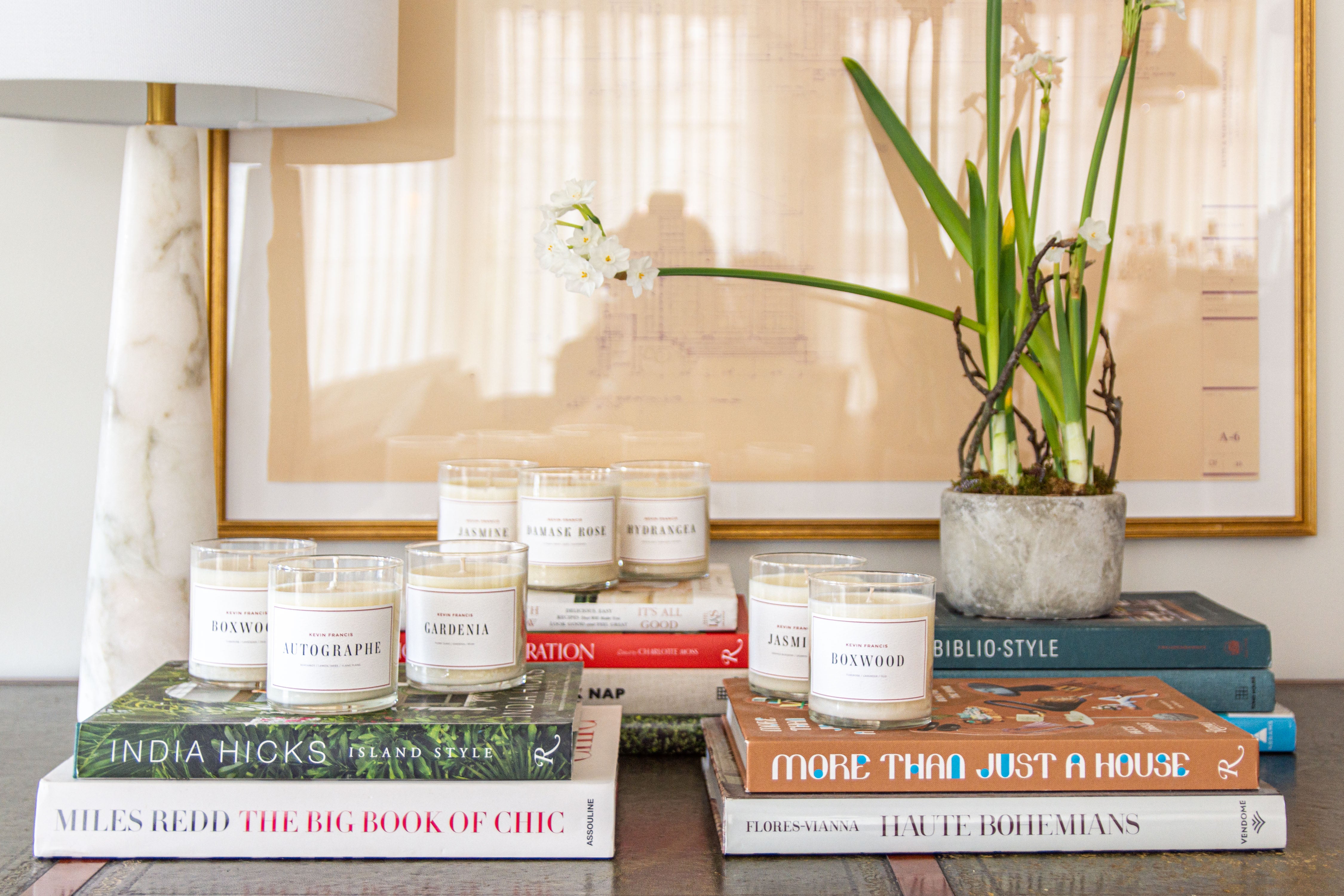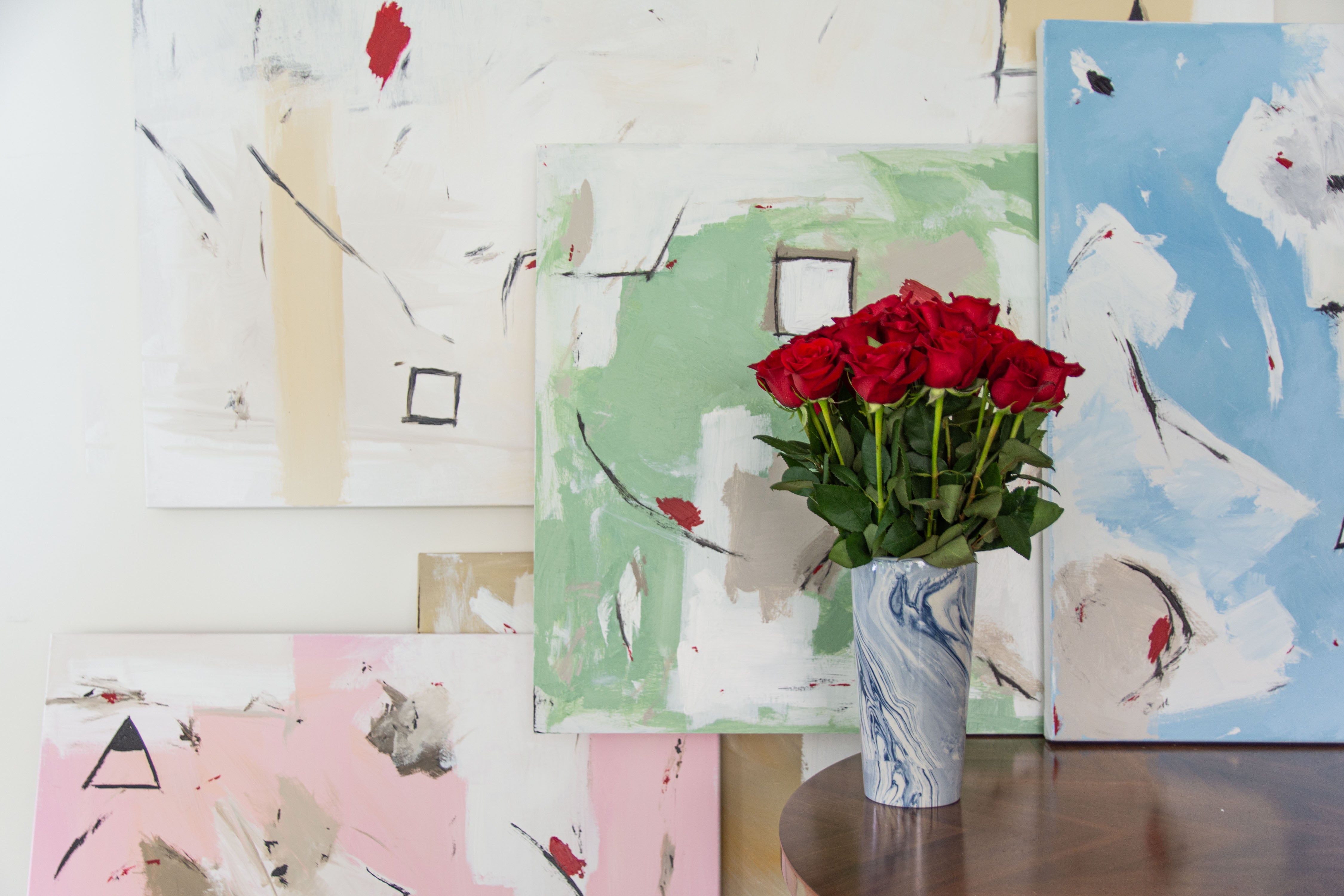How to Incorporate Safety Features Into Design

According to Australia Wide First Aid, about 54% of all visits to hospital emergency departments result from accidents that happen in the home. Of these, 150,000 incidences involved children.
At the same time, over 194,000 households were broken into in 2023, which represents a slight increase over the previous year. So, it’s clear that most homes in Australia could do with improving the levels of protection they provide you and your family with.
But how do you do that?
Here are some common ways you can incorporate safety features into the design of your home.
1. Make it More Secure
The first thing you should focus on is making your home more secure from burglars.
There are several ways you can do this including adding double and bolt locks to your front door as well as chains and peep holes.
Additionally, you can install a CCTV monitoring system around your home, a burglar alarm and an intercom that will allow you to talk to anyone who knocks on your door without opening it.
2. Properly Store Gas Bottles
Many homes in Australia are powered by gas, whether that be for their ovens or heating. However, in many homes gas bottles are not stored as safely as they can be, therefore, they run the risk of succumbing to harmful gas leaks or airborne cylinders.
It is important to store them in a properly ventilated gas cylinder storage cage. You can find out more about them here.
3. Smoke Alarms
By law, every home has to have smoke alarms installed on each floor, in each bedroom and in the hallways that connect them.
According to the Queensland Fire and Emergency Services, the best type to get are a photoelectric type that complies with Australian regulations and standards.
They should be professionally installed and tested regularly.
4. Water Resistant and Slip Proof Flooring
One of the most common of all household accidents occurs from slips, trips and falls.
Reducing floorspace clutter is a good start to minimising the risk of this happening. However, it is also worth installing flooring made from slip-resistant materials, especially in high-traffic areas.
Materials like marble or slate offer solid traction and are especially good for areas like bathrooms and the kitchen, where water can often spill on the ground. However, like any flooring, they will need to be well maintained.
If you have any rugs or mats on the floor, you should also make sure they are securely fastened in place to prevent tripping over them.
5. Enhance Your Lighting
You will be amazed how many incidences in the home can be avoided just by having better lighting.
Not only does it improve visibility, but it also reduces the risk of fires and accidents occurring in the first place.
Ideally, your home should have a mix of ambient, task and accent lighting installed to code by a licensed professional. This should include ceiling fixtures, recessed lights, adjustable sconces and under-cabinet lights.
It is also worth having motion-sensor lights put in for stairs, corridors and outdoor spaces.
6. Bathroom Safety Features
You might not realise this, but the bathroom is considered one of the most dangerous rooms in the house, especially for those of more mature years.
The threat of slips and falls in bathrooms can loom large for many seniors, therefore, it is important to add features such as grab bars in the shower, by the bathtub or near the toilet.
As previously mentioned, you can replace the flooring with a non-slip surface material and even gain additional traction for your feet by laying down mats or adhesive strips that are designed to prevent you from falling.
You should also consider reducing the water heater temperature to less than 120 degrees Fahrenheit to reduce the risk of suffering from accidental burns.
7. Safety-Proof the Kitchen
Given the potential for accidents to happen within it, the kitchen is another area where you should focus on incorporating several safety features.
One of the first things to do is to install a good cooktop range hood as this encourages proper ventilation, which in turn will remove smoke, fumes and odours.
Additionally, if your kitchen uses natural gas for its cooking appliances, you should install a valve for the automatic shut-off of the gas supply. This will help to detect any leaks and shut off the flow of gas, therefore reducing the risk of explosions.
It is a good idea also to replace any kitchen countertops if they are made of granite or wood as they can be difficult to clean and therefore, harbour bacteria. Instead, choose quartz or solid surfaces that do not absorb liquids and are easier to maintain more hygienically.
8. Improve Air Quality
Poor air quality in the home can result in you suffering from health issues such as itchy eyes, coughing, respiratory problems and even lung disease, which could lead to cancer or hospitalisations.
It is important therefore to improve the air quality in your home through better ventilation, air purifiers and more plants, to ensure you are not exposing yourself to damaging toxicity.

